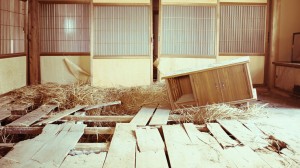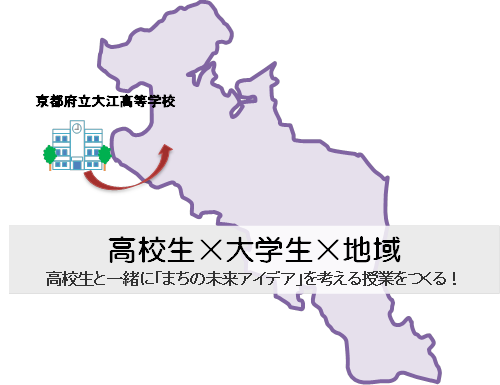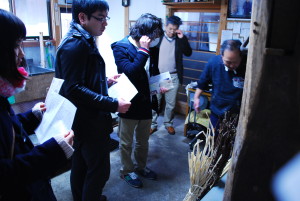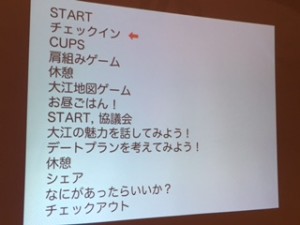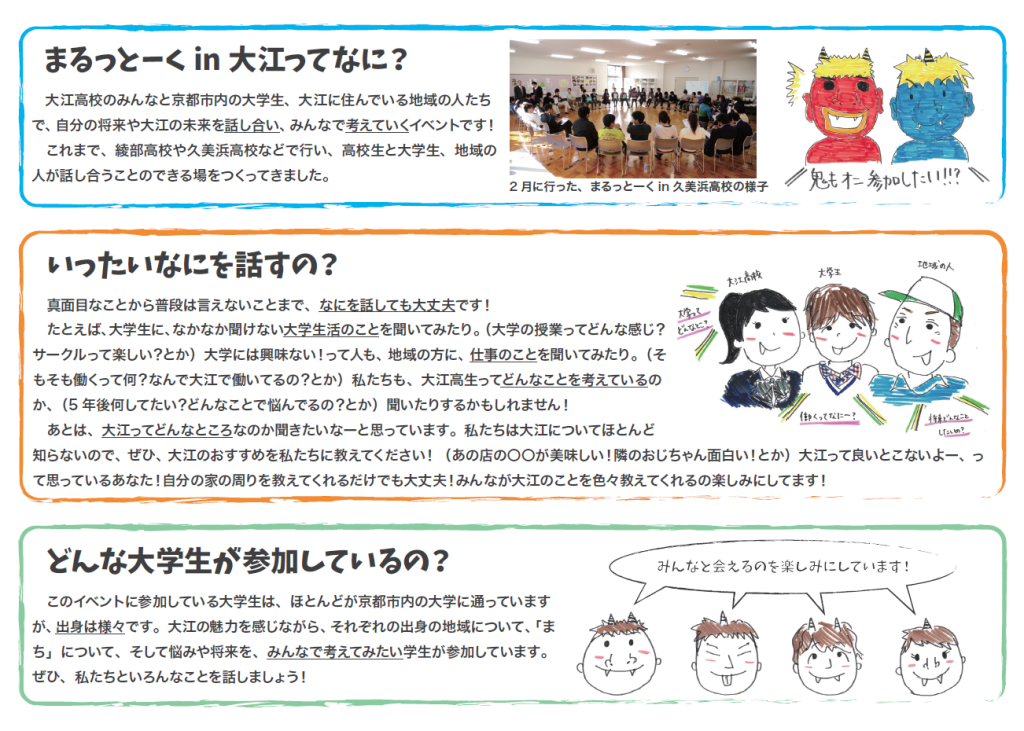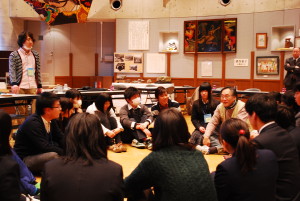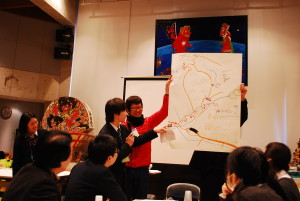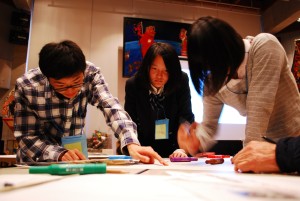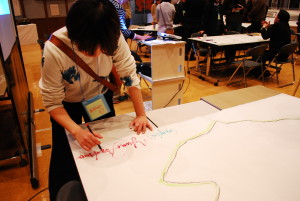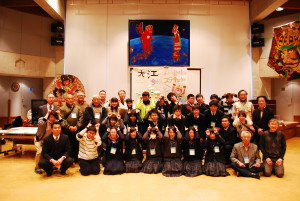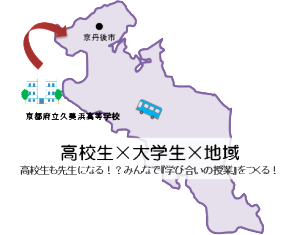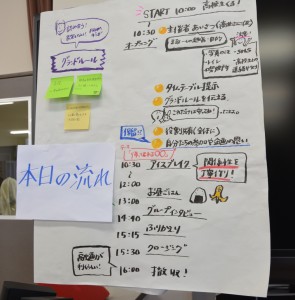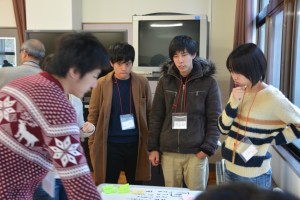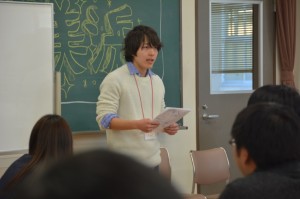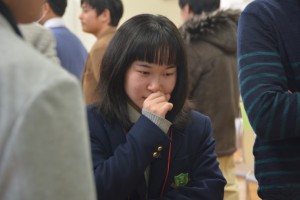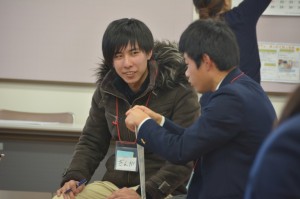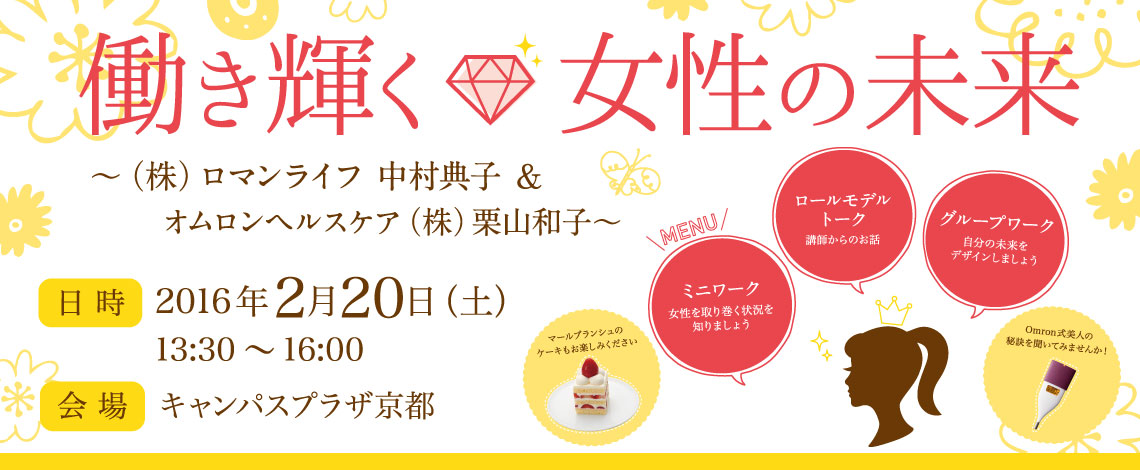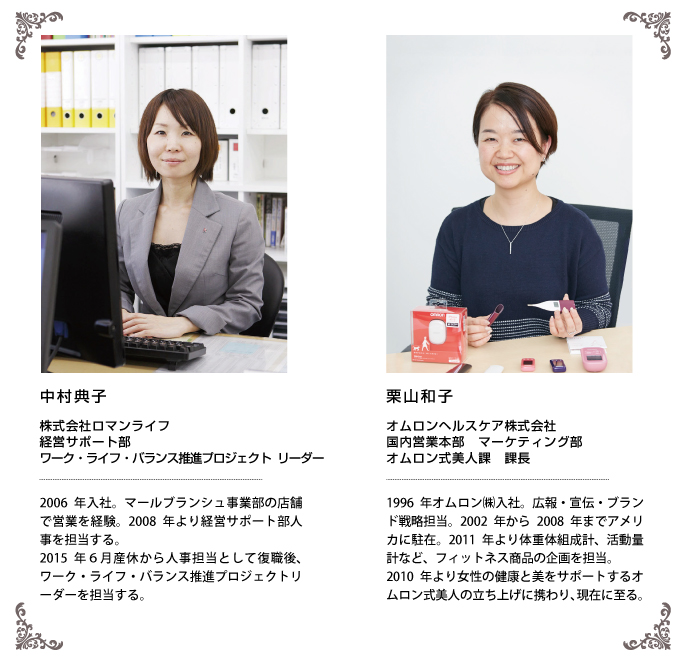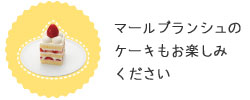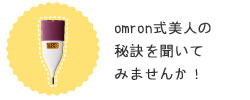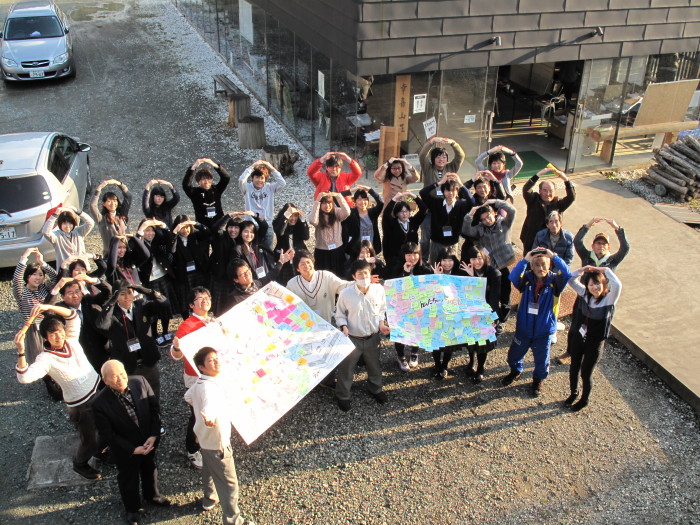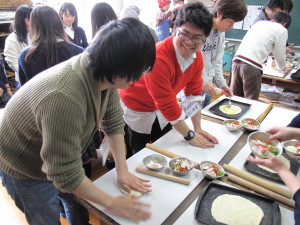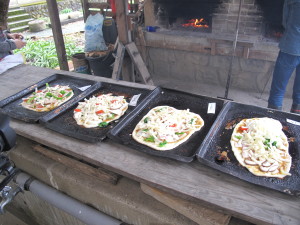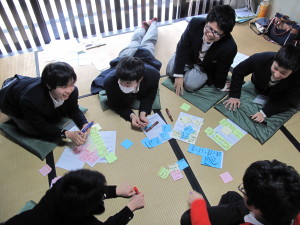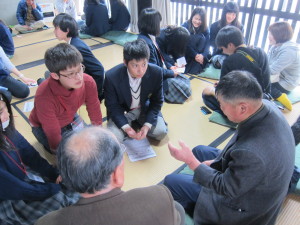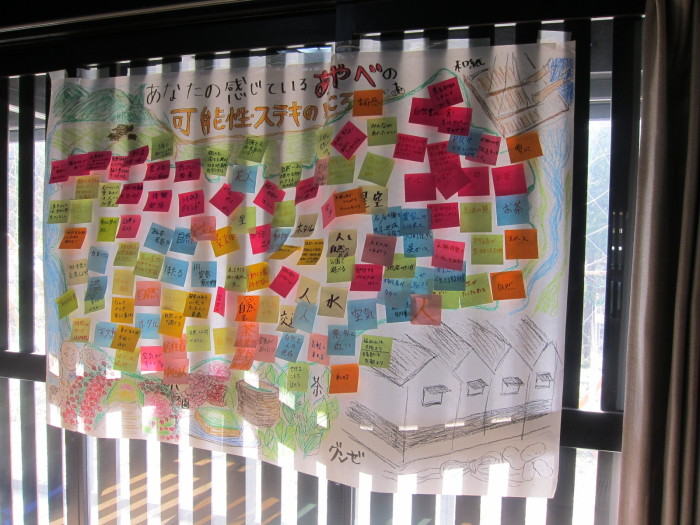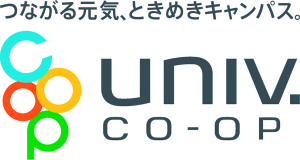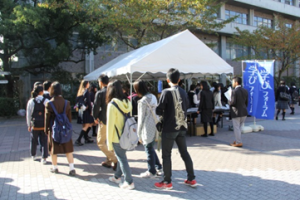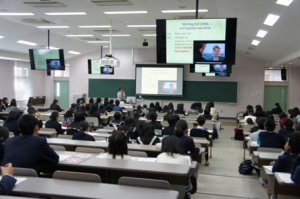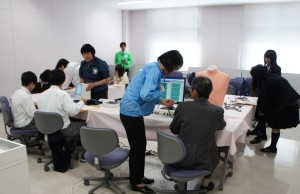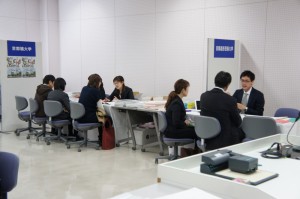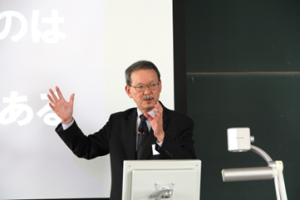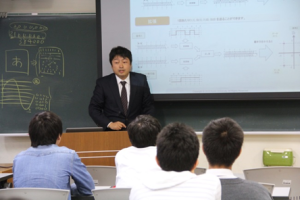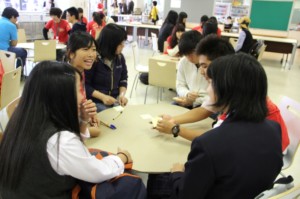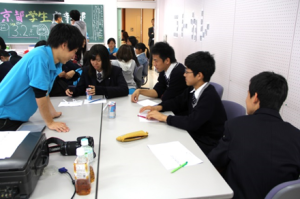What is a Regional Revitalization Project?
Students from Kyoto, who transcend the boundaries of universities, form an executive committee and engage in daily activities with the aim of disseminating “Kyoto as a student city” to society, further revitalizing the Kyoto area, and creating new attractions in collaboration with the business community, the government, the local community, and the university.
In fiscal 2016, under the title of “Regional Revitalization Project,” we solicited organizations (partners) that can work hand in hand with students, and selected partners. Together with these organizations, we will carry out various projects to realize the revitalization of each region of Kyoto. By connecting them to the main festival of the Kyoto Student Festival (scheduled to be held on October 9), which is the culmination of these festivals, we aim to become a festival that is more rooted in the community and loved by the people of Kyoto while demonstrating the student’s personality.
The first regional revitalization project will be held on Saturday, May 21 at Fushimi Port Park and Fushimi Otesuji Shopping Street. In addition to the performance of the Kyoto Student Festival’s original creative dance “Kyo Flame Fudeit“, there will be a fair-day project in cooperation with the local organization “Oyaji-no-kai”, and a mini train in collaboration with the Keihan Railway will appear Mr./Ms. the event. You can enjoy interaction across generations.
The University Consortium Kyoto has set the goal of “student growth” in such daily activities, and is providing support aimed at “student independence” that allows students to think and act on their own, and supports the festival in October so that what has been accumulated in the course of activities since the establishment of the executive committee can be maximized. Please come and give encouragement to the executive committee.
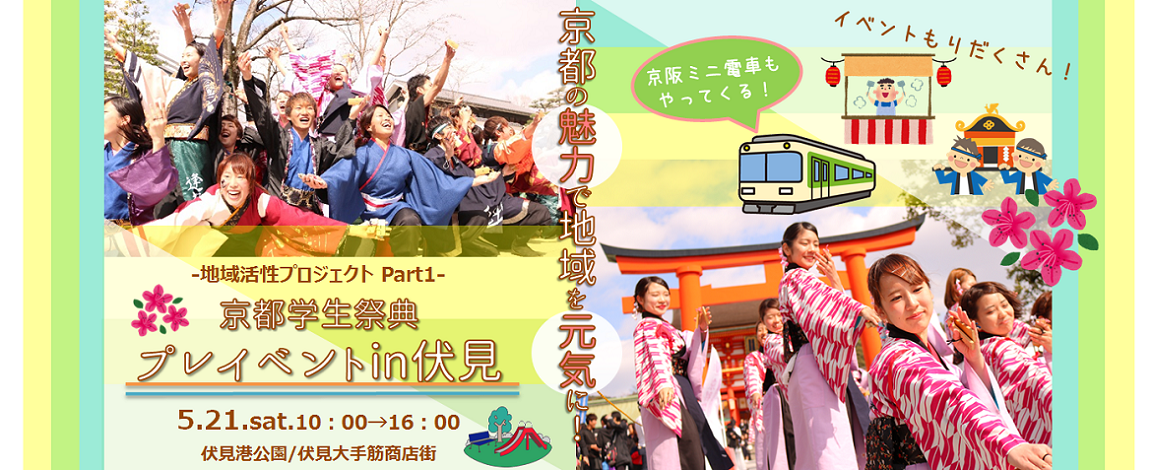
▲Click to see the leaflet▲
Outline of the event
Regional Revitalization Project Part 1 [Kyoto Student Festival Pre-Event in Fushimi]
|
Date & Time |
2016year5Saturday, May 21, 10:00-16:00 |
|
Place: |
Fushimiko Park (just off at Keihan Nakashojima Station) |
|
Entrance Fees |
Free of charge (however, there is a charge for purchasing food, drinks and Keihan train goods) |
|
Organizer |
Kyoto Student Festival Executive Committee |
|
Sponsors |
Keihan Holdings Co., Ltd. / Keihan Electric Railway Co., Ltd. |
|
Co-organizers |
Fushimi Otesuji Shopping Street Promotion Association |
|
Remarks |
Click here for the results of the regional revitalization project call |
Project Details
< Notice> Regional Revitalization Project Part 2 [Kyoto Student Festival Pre-Event in Demachi Yanagi]
|
Date & Time |
2016year7Saturday, May 9, 11:30-17:00 *Scheduled |
|
Place: |
Demachi area, Kamigyo-ku, Kyoto City (just off at Keihan Demachi Yanagishima Station) |
|
Organizer |
Kyoto Student Festival Executive Committee |
|
Sponsors |
Keihan Holdings Co., Ltd. / Keihan Electric Railway Co., Ltd. |
|
Co-organizers |
Demachi Shopping Street Promotion Association |
|
Remarks |
Click here for the results of the regional revitalization project call |
Project Details
We will update the project from time to time. Please look forward to!
Other Projects & Activities
Kyoto Student Festival 2016 Tohoku Project
Kyo Flame Sodetouch! Guinness World Record ™ (★ August 22, 2015)
 Click here for the document movie
Click here for the document movie![]()
Activities
If you would like to know more about the Kyoto Student Festival, check out this site!
Contact us
Kyoto Student Festival Executive Committee
〒600-8216 Shimogyo-ku, Kyoto-shi, Nishitoin-dori, Shiokoji, Shimoru Campus Plaza Kyoto (closed on Mondays)
Tel:075-353-9432 Fax:075-353-9431
E-mail: saiten14th-ml■consortium.or.jp (Please replace ■ with @)
Kyoto Student Festival Official Website: http://www.kyoto-gakuseisaiten.com/














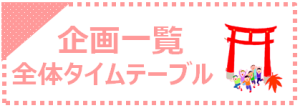




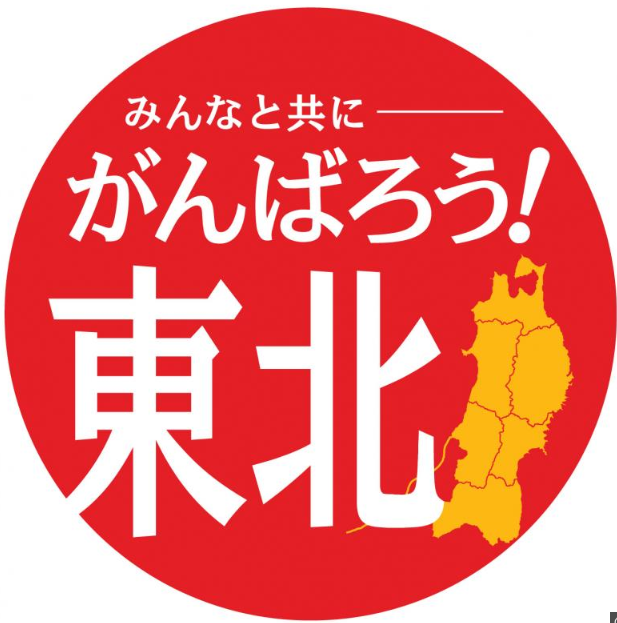 In 2013, two years after the Great East Japan Earthquake in 2011, most of the students in Kyoto, including the Kyoto Student Festival Executive Committee, had not yet seen the actual situation in Tohoku with their own eyes. This project was launched with the desire to see and feel this unprecedented disaster by going directly to the disaster area, and to think about what they can do.
In 2013, two years after the Great East Japan Earthquake in 2011, most of the students in Kyoto, including the Kyoto Student Festival Executive Committee, had not yet seen the actual situation in Tohoku with their own eyes. This project was launched with the desire to see and feel this unprecedented disaster by going directly to the disaster area, and to think about what they can do.



